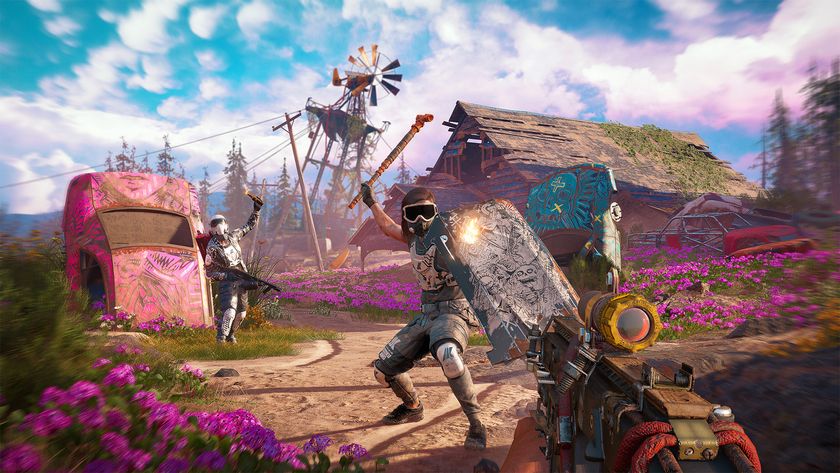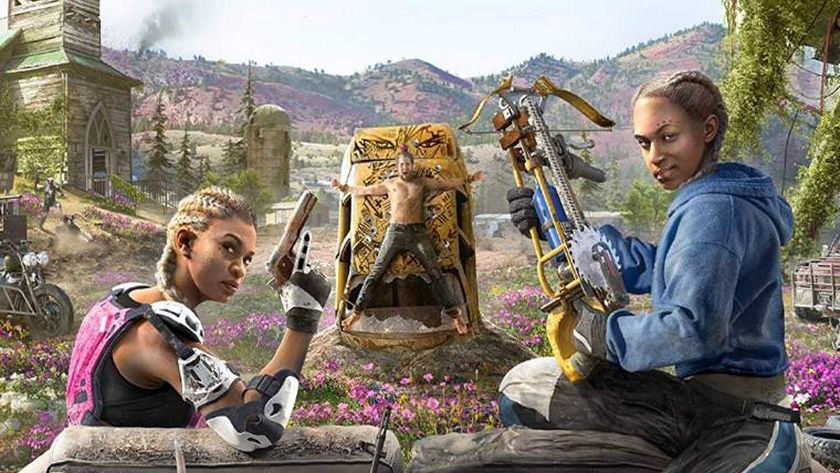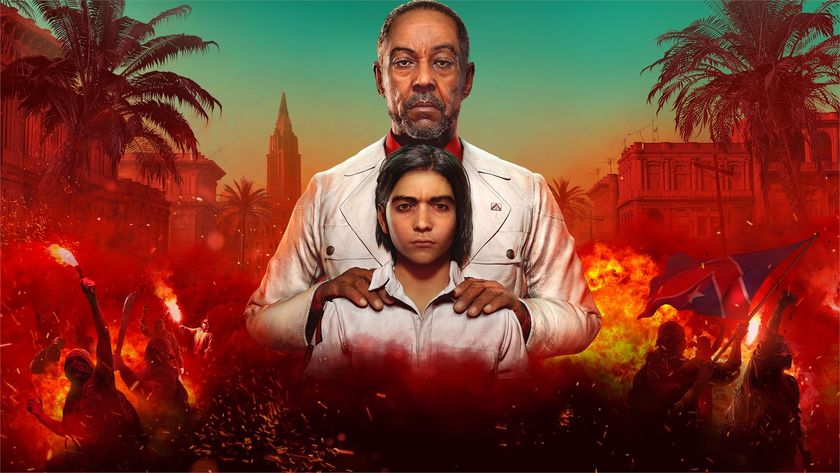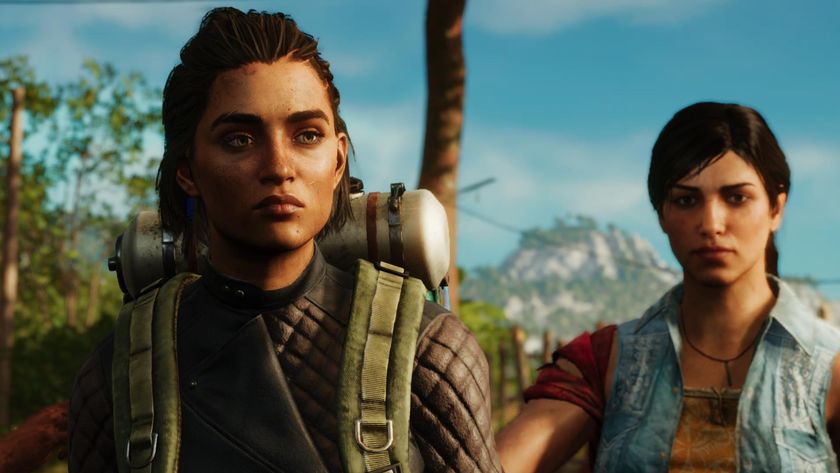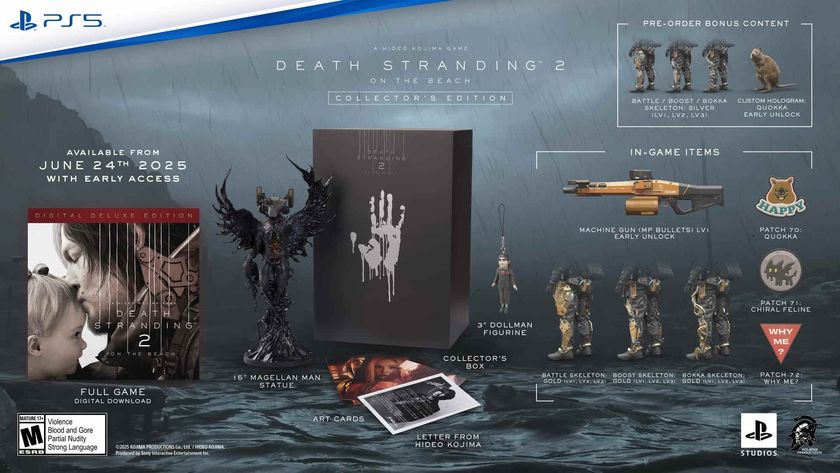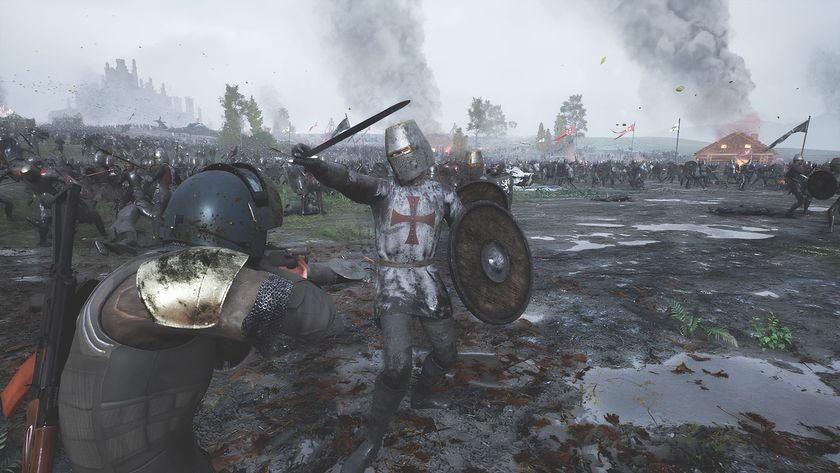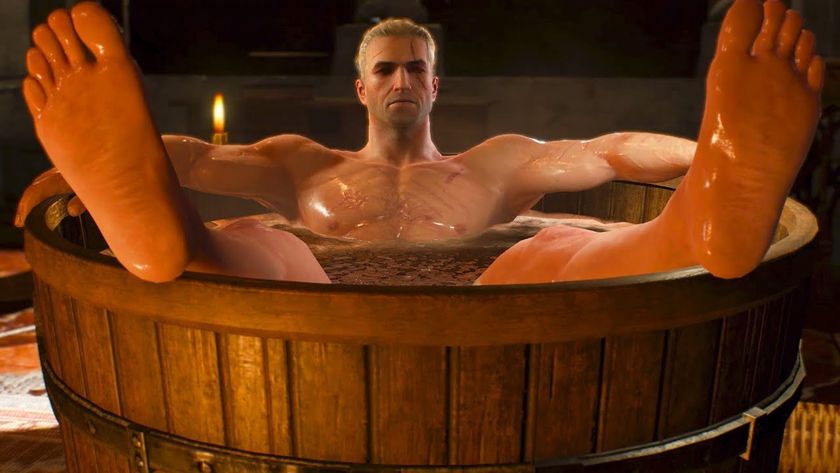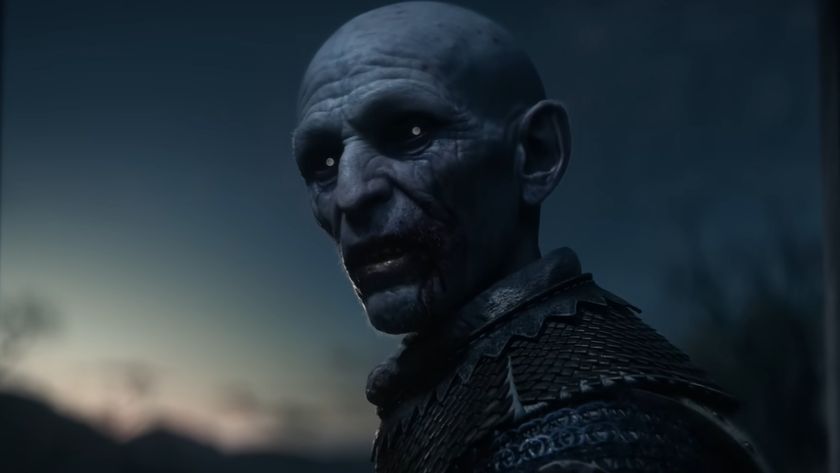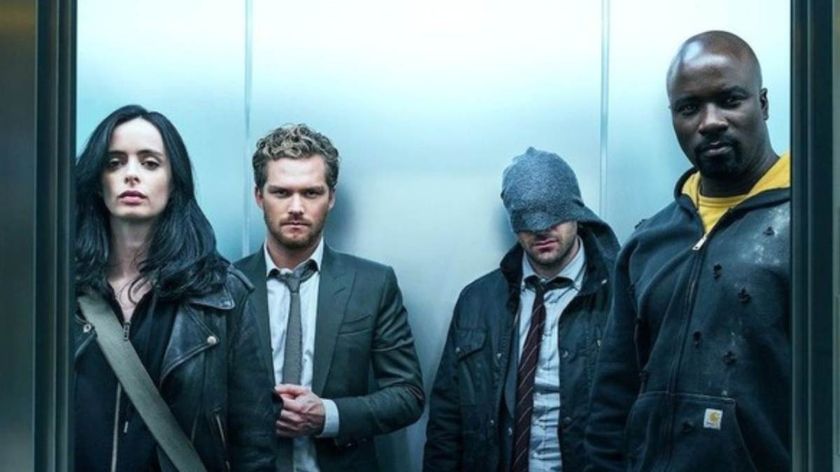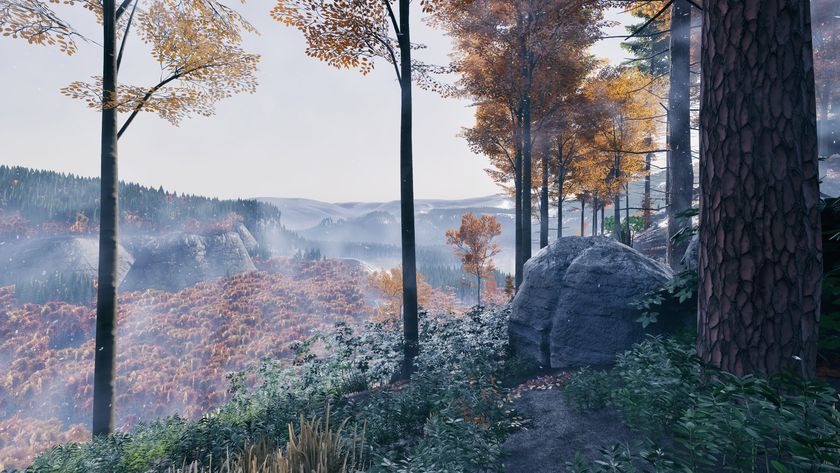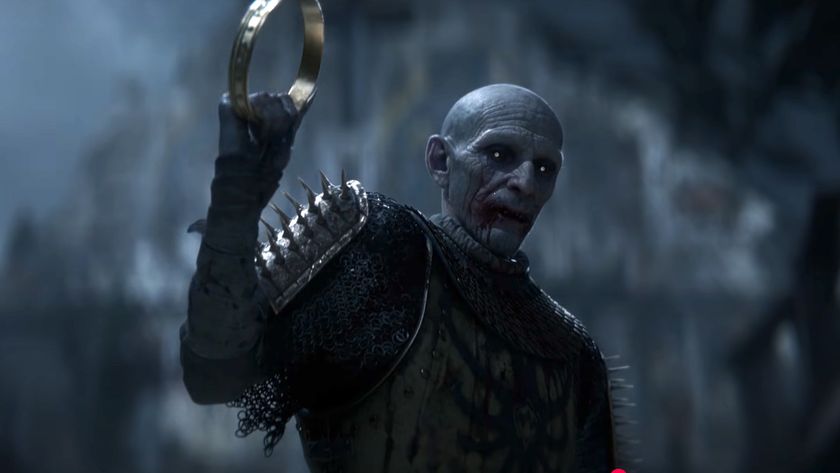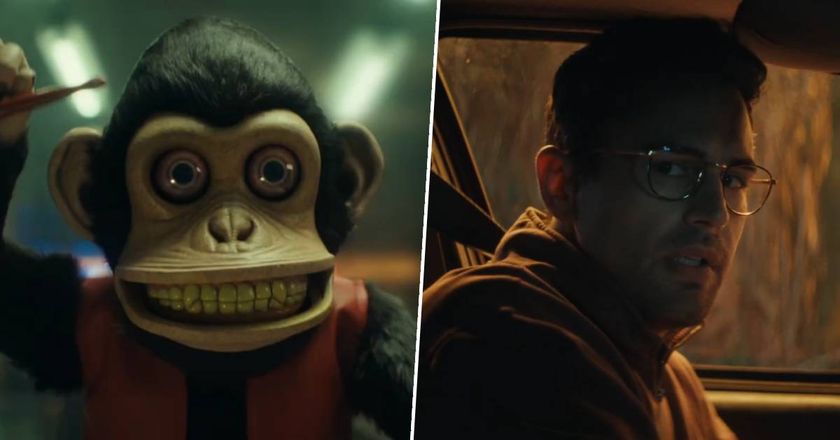Far Cry 2 works so well because it's 'broken'
Back in 2008, before the Far Cry series ascended to the heights of recent efforts, things weren't so rosy. The Africa-set Far Cry 2 split critics and fans alike, most notably because it was teensy bit broken. Okay, it was quite a bit broken, but it turns out all that off-the-wall DNA actually made the game better in the eyes of one of its creators.
In the latest issue of Edge, Clint Hocking (who led the creative direction of the game) explains his experience on the Splinter Cell series had a big impact on the emergent elements that inspired said broken-ness. "On the Splinter Cell games, I'd worked really hard to make these highly intentional systems that were full of emergent gameplay opportunities," says Hocking. "We tried to do that again on. Far Cry 2, and we realised it was falling apart."
For those that didn't play Far Cry 2 back in the day, it was the oft irritating mixture of malaria attacks, realistic fire mechanics, dangerous weather and weapons that would constantly jam at the worst possible times that stuck longest in the craw. These elements would often hinder or slow down a player's agency and progression through the world, but Hocking believes this maelstrom of realistic factors actually brought out a unique feel to Far Cry 2. "The funny thing is that it was breaking the design we were trying to make, but it was actually making the game better," In fact, the off-the-wall decision to make Far Cry super-realistic seems a tad tame compared to a recent poll the saw fans for vampires and dinosaurs to appear in their ideal Far Cry entry.
Hocking reveals how Ubisoft's chief creative officer Serge Hascoet got right behind Hocking's vision for a brutal and challenge sandbox following an early playtest. After 30 minutes, Hascoet turned to Hocking and said, "When I'm playing your game, I make a little movie in my head of what I'm going to do, and then I go and try to do it. But it all goes wrong, and the movie that I get is better than the movie I had in my head." Hascoet summed his time with Far Cry 2 with a statement that would drive the game's entire ethos. "Make that part of the game the whole game."

So with Hascoet's blessing and Hocking's desire to embrace the brutality of surviving in the African wilderness, Far Cry 2 became the divisive experience it is today. Some find it frustrating, but Hocking calls it, "improvisational play," and its presence goes beyond simple emergence. "Emergent systems and emergent gameplay are part of it, but I think it's that the player is pushed off balance. And because he is aware of how interconnected the systems are, he's able to quickly improvise a new strategy."
The latest issue of Edge, with Guitar Hero Live on the cover, is out now. You can buy it here or subscribe to future issues.
Sign up to the 12DOVE Newsletter
Weekly digests, tales from the communities you love, and more
Dom has been a freelance journalist for many years, covering everything from video games to gaming peripherals. Dom has been playing games longer than he'd like to admit, but that hasn't stopped him amassing a small ego's worth of knowledge on all things Tekken, Yakuza and Assassin's Creed.
